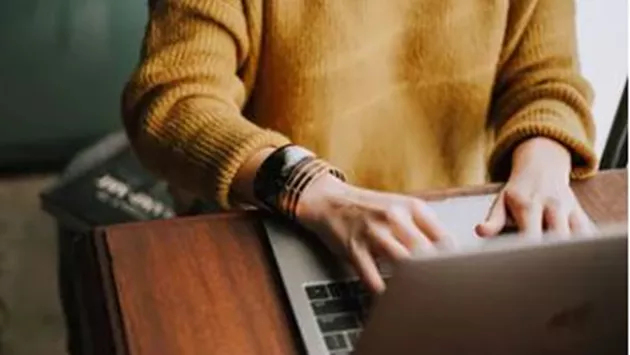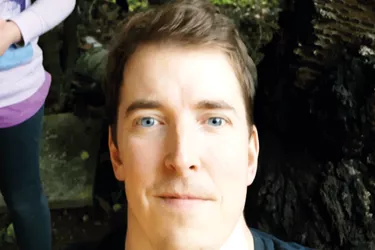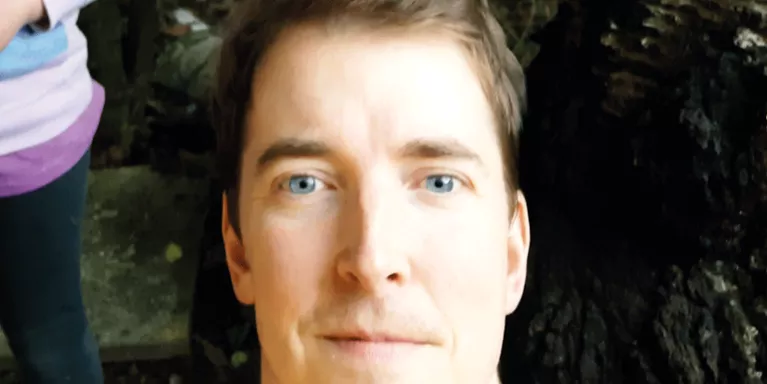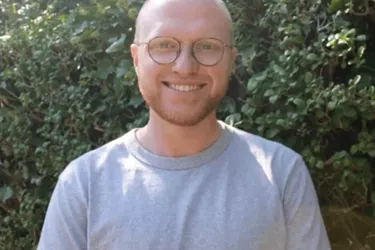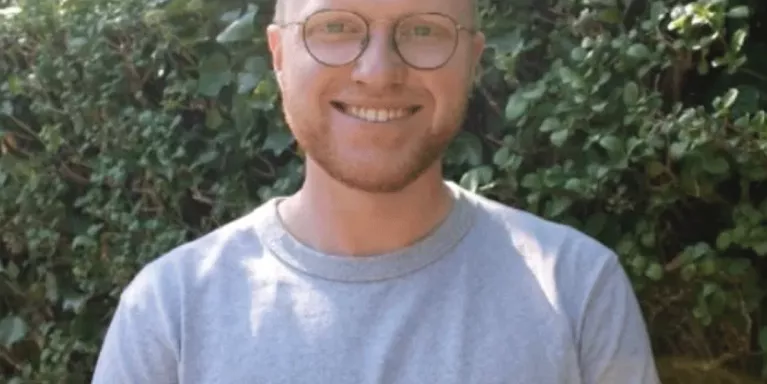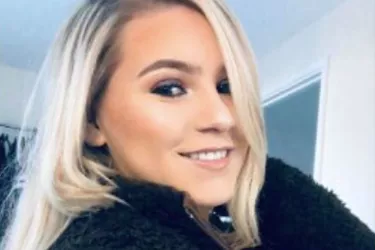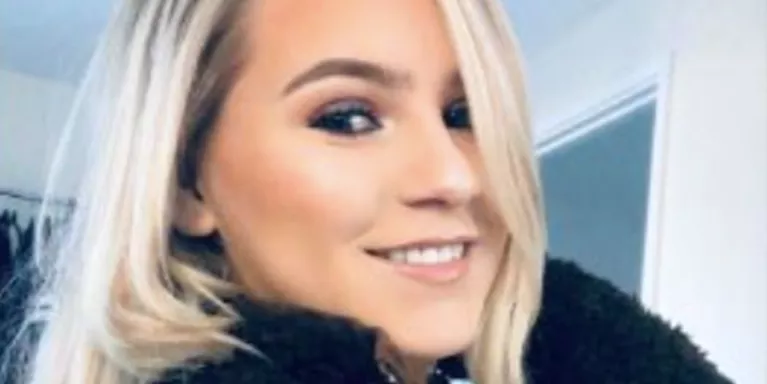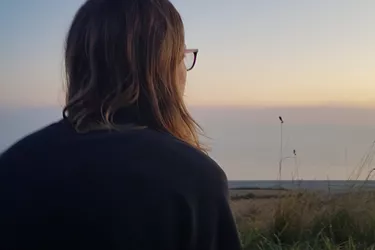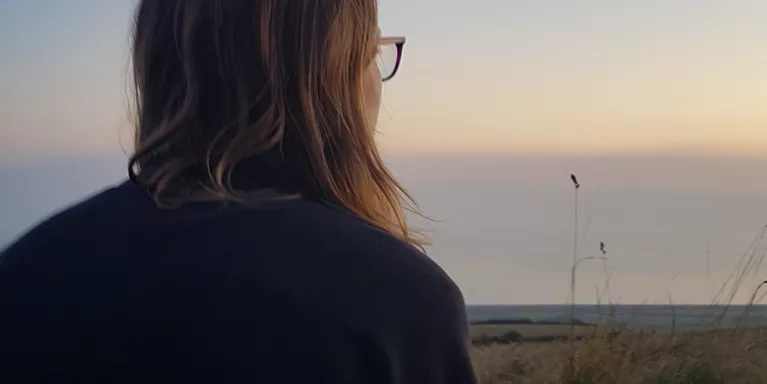I became a human book
Simon explains how creating a Living Library enabled him to talk openly about his body dysmorphic disorder
I had talked to my colleague Caroline many times, but as we met for a coffee in the work canteen one afternoon we both agreed that this time it was a bit strange. This was a different kind of conversation. Caroline and I were taking part in an initiative called the Living Library. Based on the Human Library concept, it encourages people to meet and share their personal experiences. Its core aim is to help overcome stereotypes and prejudices and to “not judge a book by its cover”. I was establishing a version of the Living Library in the university where we both worked, and Caroline had expressed an interest in becoming a ‘book’, a person who tells their story.
Wanting to reassure her, I said “I’m here to listen and find out more about your story, but I want you to know that whatever you choose to share is in entirely up to you”. “It’s fine”, Caroline said “I’m ready to share my story”. We started to talk.
Caroline was one of many brave people who came forward to share their stories. Inspired by her honesty, I shared with her my story of living with BDD. This is the story I shared…
During me teens and early twenties I suffered from anxiety and Body dysmorphic disorder (BDD), which occasionally slipped into bouts of depression. It was exhausting and overwhelmed my day-to-day life. Caroline asked me what that was like, so I described how simple things, such as leaving the house in the morning, were difficult and laughably predictable; I would shower, get dressed, look in the mirror, comb my hair, put my coat on, look in the mirror, take my coat off, do my hair, change my clothes, look in the mirror… you get the idea.
I shared how, when I did go out, my anxiety could take hold again, prompted by things such as catching my reflection in a window or misinterpreting an innocent look. I was convinced that everyone was judging me on how I looked and wouldn't want to know me. Years later, these symptoms were recognised as BDD, but at the time I just felt confused and embarrassed.
How my personality changed
What I shared next was as open as I had ever been with anyone outside my immediate family. I explained to Caroline how as my anxiety and BDD symptoms took hold my personality changed. I became increasingly insular, erratic, making decisions that affected my health and damaged relationships with those around me. I would skip school, cancel plans with friends and call in sick at work. At university this became easier, with no one checking up on me, and I could hide away in my room.
By my third year of university, I’d had enough. I had a meeting with my tutor who questioned why I hadn’t been to lectures. I lied and said I had to stay home for a family emergency, but I hadn't been home for months. I left feeling embarrassed, trapped and I couldn't see any way forward. I'd had suicidal thoughts in the past, but I had never previously put my life at risk. That evening I did.
“I had less time to panic about my appearance and I resolved to keep going until my dissertation was finished.”
With hindsight, I recognise this as a tipping point, but as I explained to Caroline, it was not necessarily a turning point. I was angry with myself about what happened, but I was determined to hide from others how I was feeling. I told no-one.
I could have been overwhelmed again if it weren't for the fact I needed to complete my dissertation to avoid failing my final year. Driven by panic, I began to research and write. I had less time to panic about my appearance and I resolved to just keep going until my dissertation was finished. When I submitted it, on the day it was due, for the first time in a long time, I was proud of myself.
From that point, I concentrated on creating more positive experiences. I started small, things like meeting with friends, or going for a run. Then after a while I got a part time job, and even trained to be a teacher. Not all came off, but even where I failed, I created experiences that I could draw on, learn from and grow.
Recognising the triggers
I experienced that last bout of depression 17 years ago. Life has been much brighter since then, but I explained to Caroline that I still have moments where I feel myself getting low. What is different now is that I’ve learnt to recognise the triggers and act upon them. I look to the small things that make me feel better and get rid of what I know can be harmful for me.
I have my own family now and when I feel myself slipping back into old habits, such as going to the mirror, I go and play with my kids instead. My anxiety and BDD are exacerbated when I turn inward, so connecting with others is a positive distraction. I also open water swim and hike, getting a buzz from being in nature and out of my head.
“The Living Library continues to grow, and more books are coming forward to tell their story.”
By the time we left the canteen and headed back to the office, we knew each other's story intimately and had discovered more about a topic that we had never heard about from someone's own lived experience.
That conversation was two years ago and since then I have felt more confident to be open with others about my mental health challenges, whilst also recognising others' own unique experiences and how that impacts them.
As for the Living Library? I have since left the university for another role, but it continues to grow, and more books are coming forward to tell their story. During the pandemic it transitioned online as a podcast, where an even wider audience has been able to listen to a conversation between the ‘reader’ and the ‘book’.
My experience of the Living Library taught me that I don't need to be ashamed of my story and sharing it with others can actually have a positive impact. We all have stories that shape who we are and can help us connect with one another. My hope is that when people feel ready, they can share their own story and others are ready to listen.
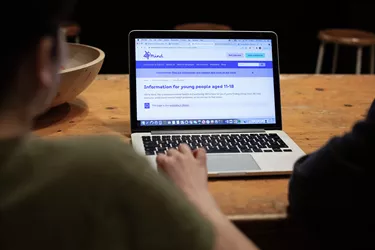
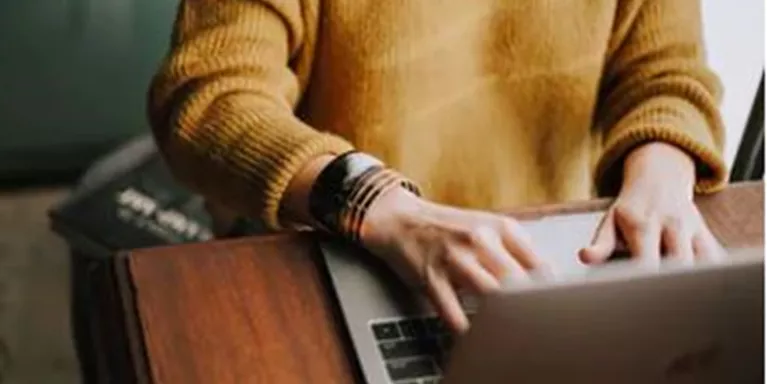
Information and support
When you’re living with a mental health problem, or supporting someone who is, having access to the right information - about a condition, treatment options, or practical issues - is vital. Visit our information pages to find out more.
Share your story with others
Blogs and stories can show that people with mental health problems are cared about, understood and listened to. We can use it to challenge the status quo and change attitudes.









